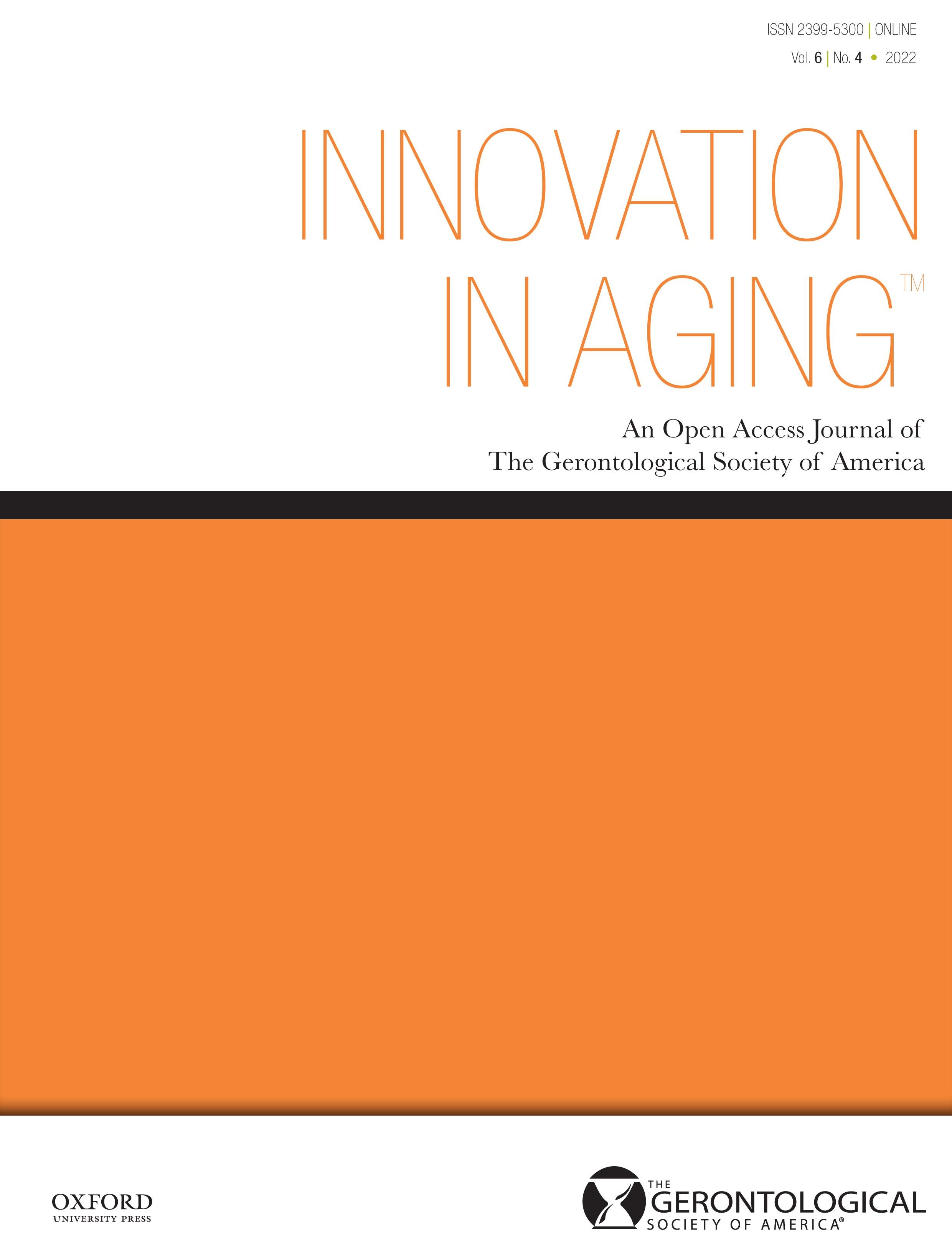Headline
Racial disparities in long-term care facilities impact quality of life for residents who are Black, Indigenous, or other persons of color residents.
Context
Long-term care facilities in the United States have considerable racial and ethnic disparities in access, quality of care, and quality of life (QoL) for Black, Indigenous, and people of color (BIPOC) residents compared to their white counterparts. BIPOC residents face a higher likelihood of admission to nursing homes of lower quality, leading to increased adverse health events and a reduced QoL compared to white residents. The authors of this article conducted case studies of six Minnesota-based nursing homes with predominantly BIPOC residents to identify and examine processes resulting in racial and ethnic disparities in QoL and how individual, organizational and community factors affect nursing home residents’ QoL.
Findings
The study identifies three groups of high-proportion BIPOC facilities: "high disparity," "low disparity," and "mixed results." "High disparity" facilities were characterized by being for-profit, having higher proportions of Medicaid residents, fewer private beds, lower staffing levels, a higher proportion of male residents, and a younger population. Residents in these facilities reported significant disparities in QoL compared to white residents. The organizational culture in "high disparity" facilities appeared to lack engagement, with few family members and volunteers involved. Residents reported issues such as a lack of culturally sensitive foods, discrimination, and fewer activities. In contrast, "low disparity" facilities demonstrated more inclusive organizational cultures, with BIPOC staff in leadership positions and meaningful use of translators. These facilities also had a strong volunteer presence from BIPOC communities. Observations and interviews indicated a positive atmosphere with more activities, improved resident-staff relations, and better food options.
Takeaways
Organizational- and community-level factors can have a significant impact on residents' QoL in long-term care facilities, particularly for BIPOC residents in high-proportion BIPOC facilities. To help address disparities in nursing homes, providers can foster leadership diversity, support food choice among residents, and enhance resident-staff relationships, with broader aims of promoting equity and inclusivity. The authors also emphasize that systematic data collection for Medicare- and Medicaid-certified nursing homes can act as a channel for policy change by reporting QoL by race/ethnicity, which may incentivize states to address disparities.



